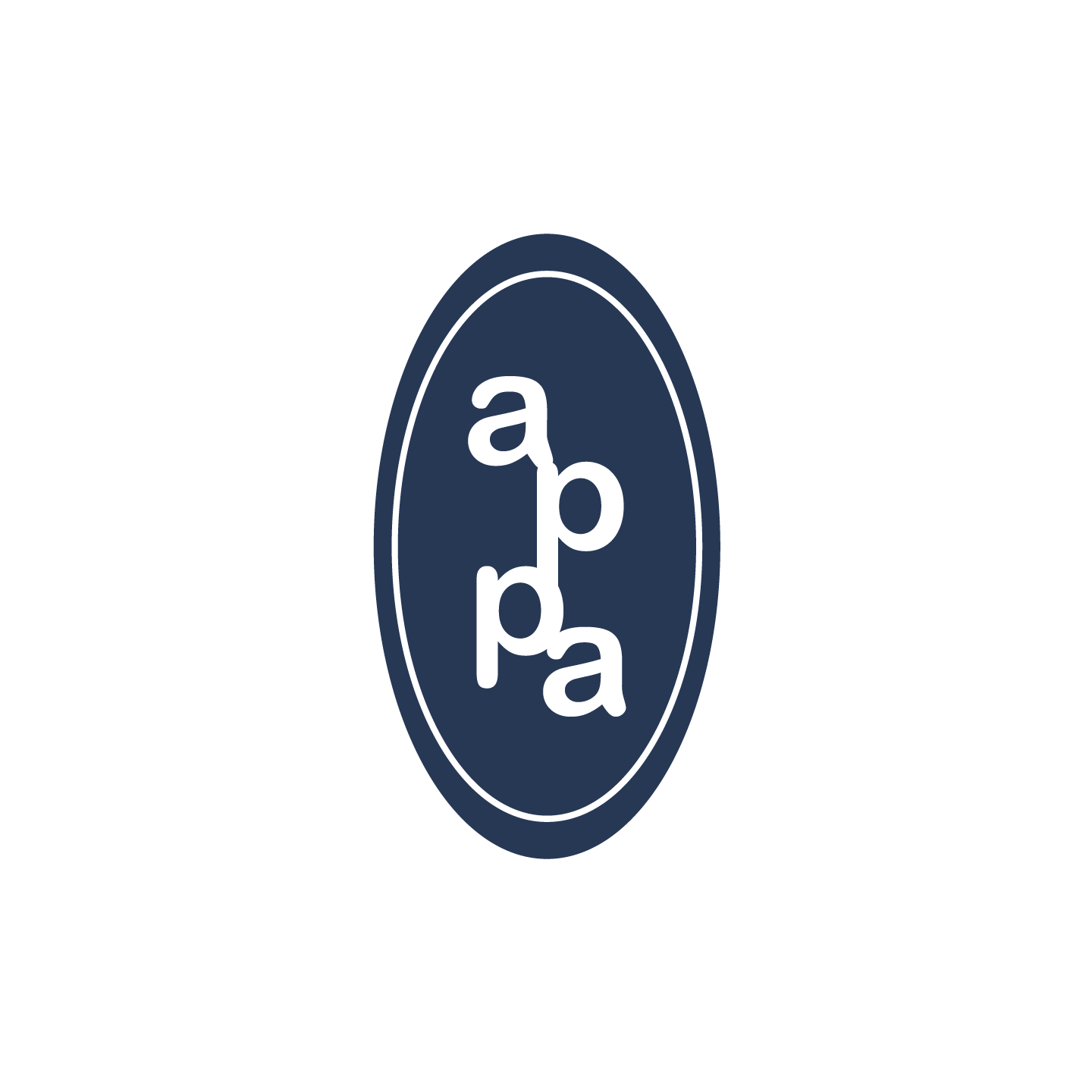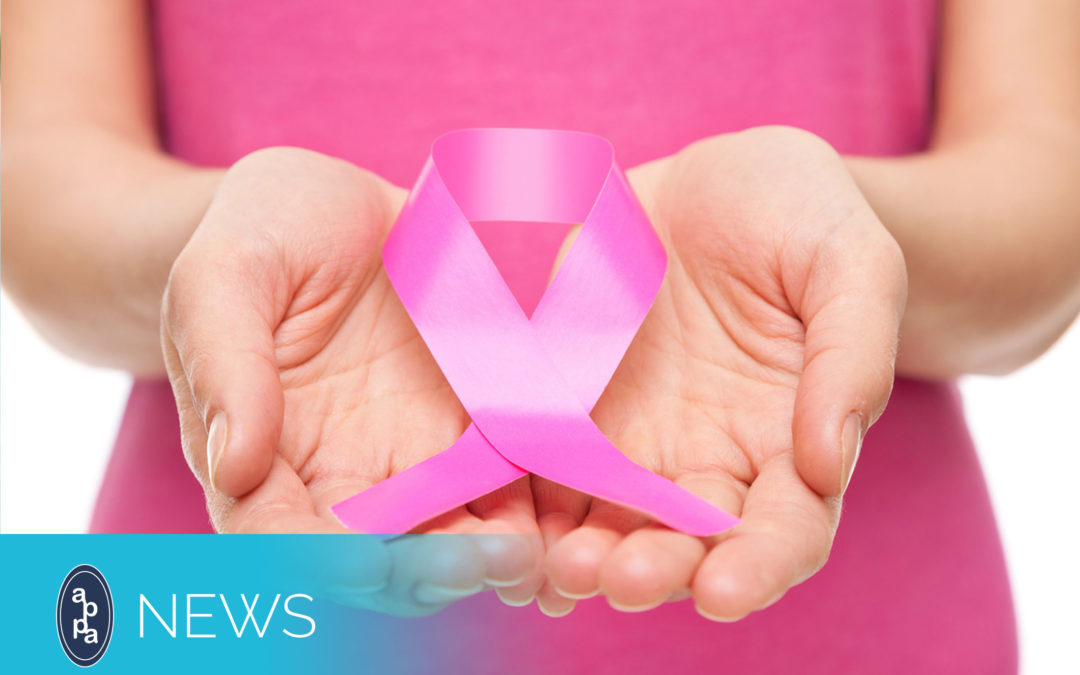Breast cancer is one of the most common cancers that affect women. There are thousands of new cases diagnosed every year, which makes most people think the situation is dire. While it is true that breast cancer is a serious diagnosis, medical professionals should take active measures to mitigate the risk their patients face. After all, with increased awareness and improved screening methods, breast cancer survival rates are actually better than ever.
Personal Breast Exams
The first line of defense has been increased education regarding early breast cancer symptoms. Doctors need to help women help themselves. If women know what healthy breast tissue feels like, they will be able to detect early changes in their own bodies. The key is to remind women to perform routine home exams. By completing personal breast exams regularly, women will become familiar with their own bodies and easily detect changes. It is important to remind women to follow up with their health care provider if a lump or other change is detected.
Clinical Breast Exams
While at-home techniques have been very effective, doctors have improved screening methods as well. During most physical examinations, women should receive a clinical breast exam. During these exams, doctors will manually feel the breasts to detect any abnormal lumps or growths. In younger women, this is typically where the early screening ends. If nothing abnormal is detected, women under age 40 will not need further screening. These breast exams can be done at age 20 and beyond.
Mammograms
The risk of breast cancer increases substantially with age, which is why additional screening should be considered routine past the age of 40. The most common screening is called a mammogram. During a mammogram, the breast tissue is pressed into a machine for a more complete scan. Mammograms are far more intense than a breast exam, which is why they should not be completed every year unless a problem is suspected. The frequency of such exams should be dictated by the woman’s age and history. Always remind women that a mammogram can rule out the possibility of cancer, but it cannot provide a definitive diagnosis on its own.
MRI Screening
Some women are considered to be high risk for breast cancer. These women may have a history of breast cancer in their family. They may also be cancer survivors or carry the breast cancer gene. These women may start mammograms at a younger age, and they may also undergo a MRI for additional screening. Remember, a MRI can yield false positives more than other screening methods, which is why such a test is not recommended for all patients.
Early Detection for Better Results
Health care providers can provide the first steps in education and screening to help mitigate the risk of breast cancer for their patients. These measures are easy to implement in any practice, and they yield substantially positive results for patients. When pursuing screening methods for early detection, work with the patient to determine the best course of action.

